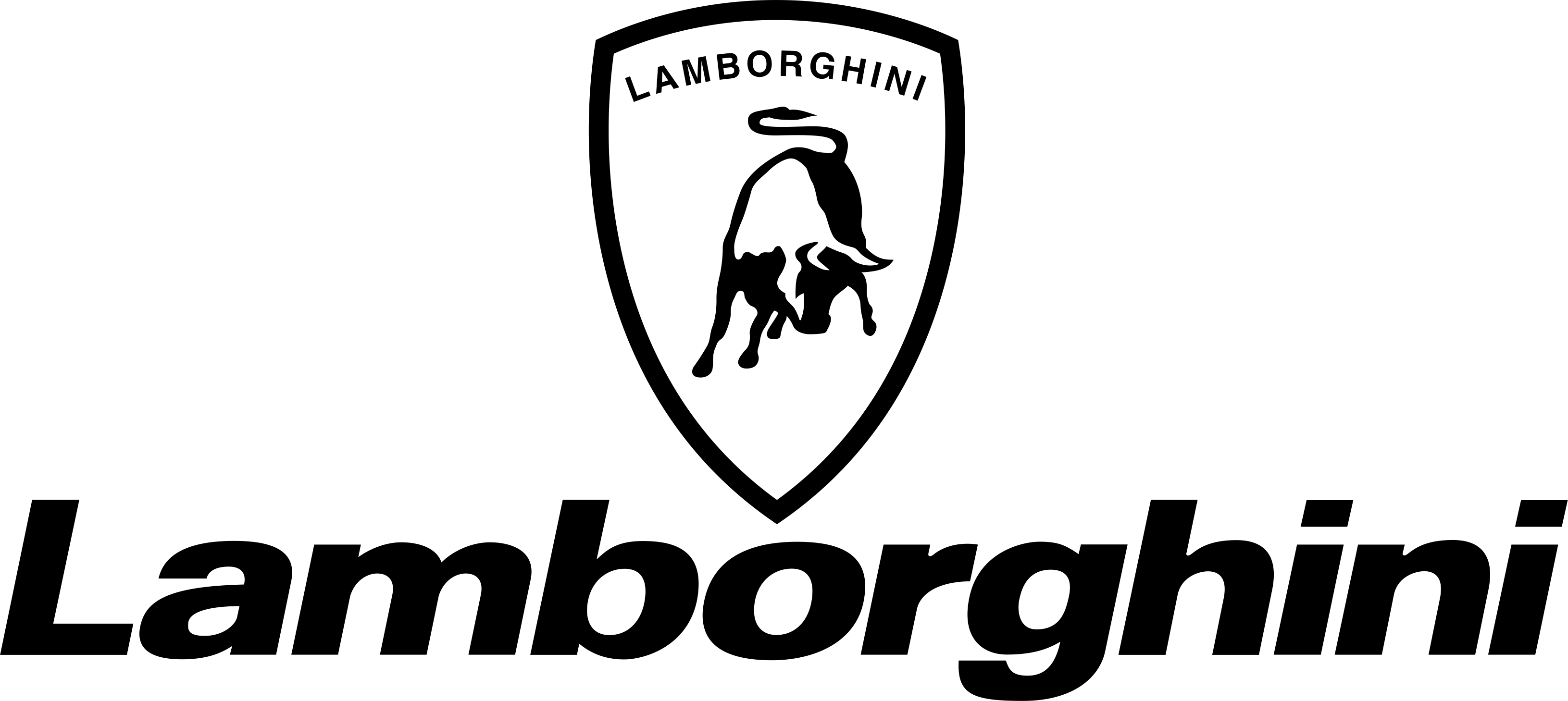
A distinctive usage emerged in Middle High German. The letter J was used as the swash letter I, used for the letter I at the end of Roman numerals when following another I, as in XXIIJ or xxiij instead of XXIII or xxiii for the Roman numeral representing 23. It is, however, quite common in proper nouns, especially personal names. In English, ?j? is the fourth least frequently used letter in words, being more frequent only than ?z?, ?q?, and ?x?. In words of Spanish origin, where ?j? represents the voiceless velar fricative (such as jalape?o), English speakers usually approximate with the voiceless glottal fricative /h/. Occasionally, ?j? represents the original /j/ sound, as in Hallelujah and fjord (see Yodh for details). In some of these, including raj, Azerbaijan, Taj Mahal, and Beijing, the regular pronunciation /d?/ is actually closer to the native pronunciation, making the use of /?/ an instance of a hyperforeignism. In loan words such as raj, ?j? may represent j. The first English language book to make a clear distinction between ?i? and ?j? was published in 1633. Later, many other uses of ?i? (later ?j?) were added in loanwords from French and other languages (e.g. Under the influence of Old French, which had a similar phoneme deriving from Latin /j/, English scribes began to use ?i? (later ?j?) to represent word-initial /d?/ in Old English (for example, iest and, later jest), while using ?dg? elsewhere (for example, hedge). In Old English, the phoneme /d?/ was represented orthographically with ?cg? and ?c?. In English, ?j? most commonly represents the affricate j.


When used for the palatal approximant, it may be called yod. Its normal name in English is jay or, now uncommonly, jy. J is the tenth letter in the modern English alphabet and the ISO basic Latin alphabet.


 0 kommentar(er)
0 kommentar(er)
